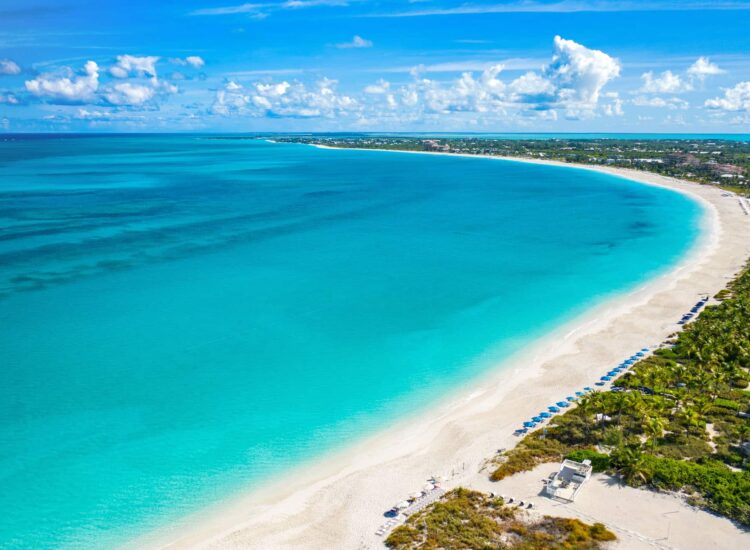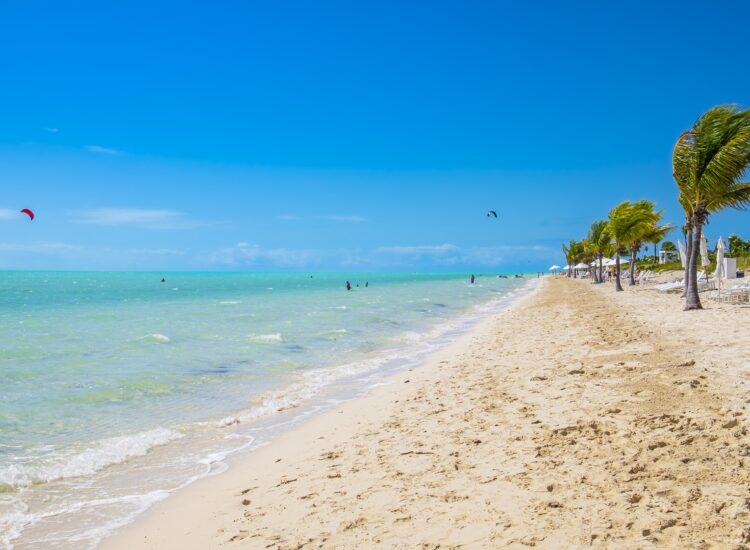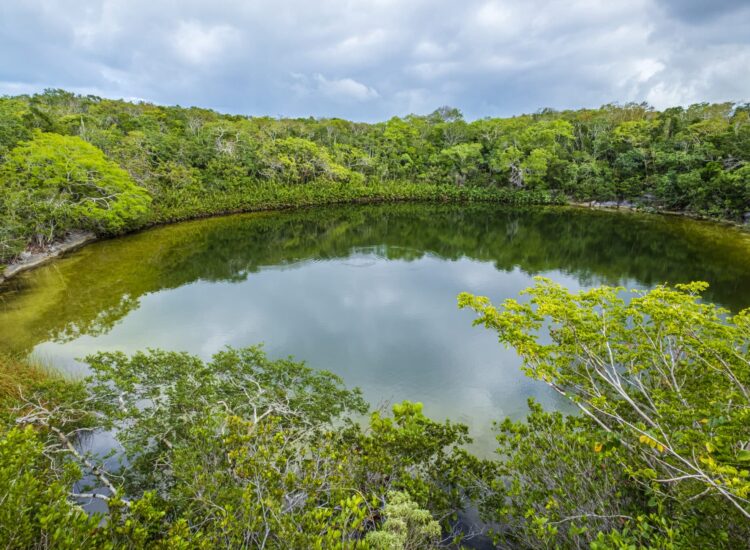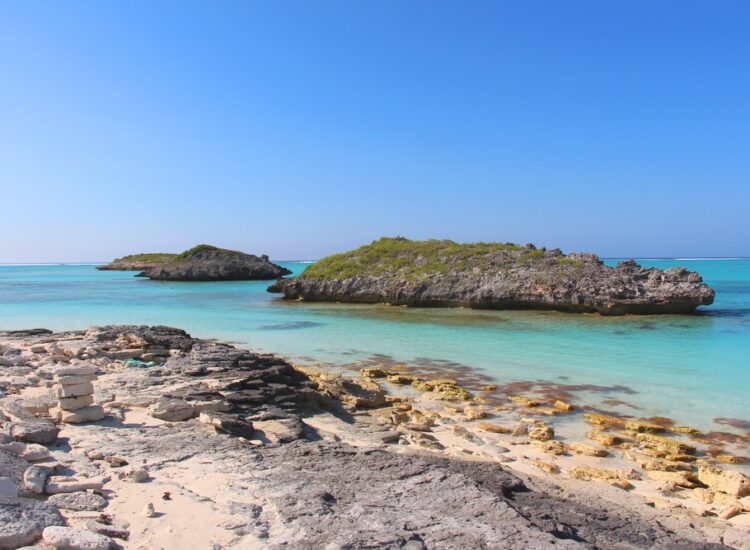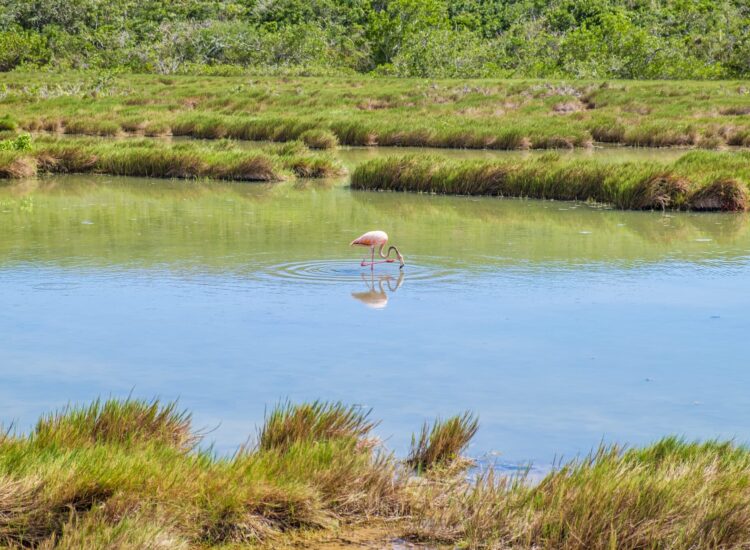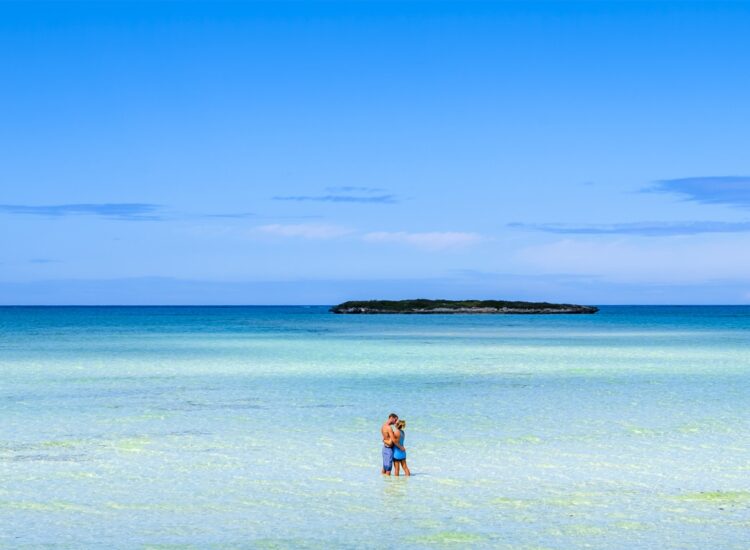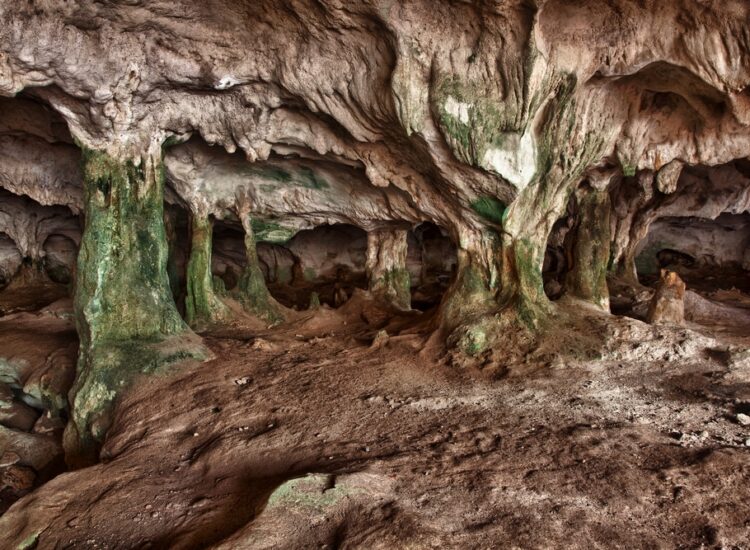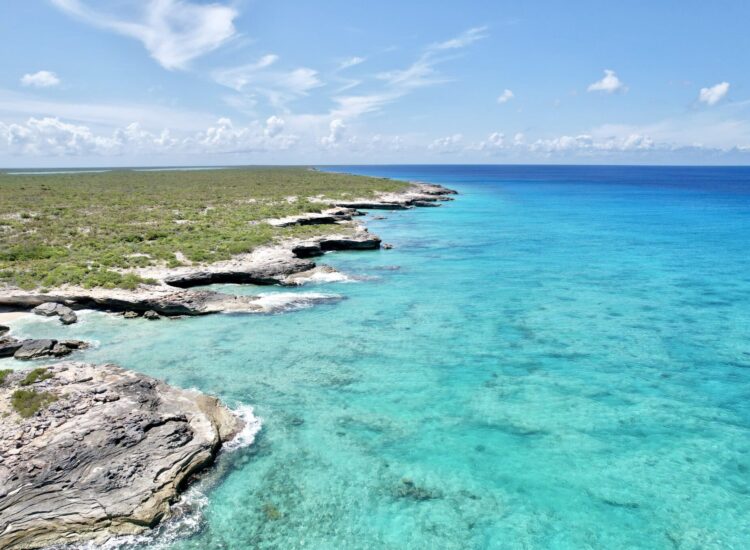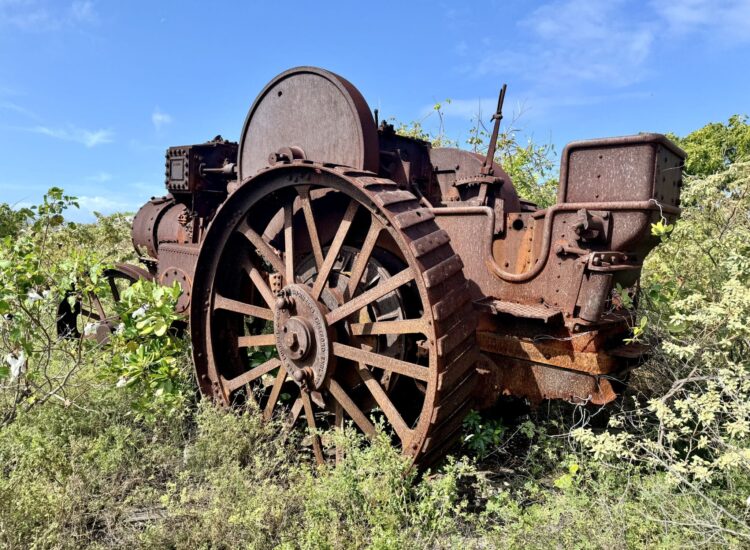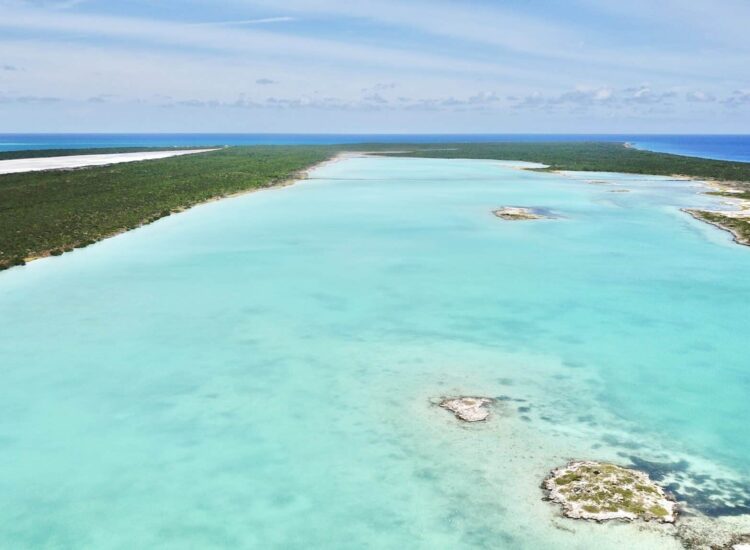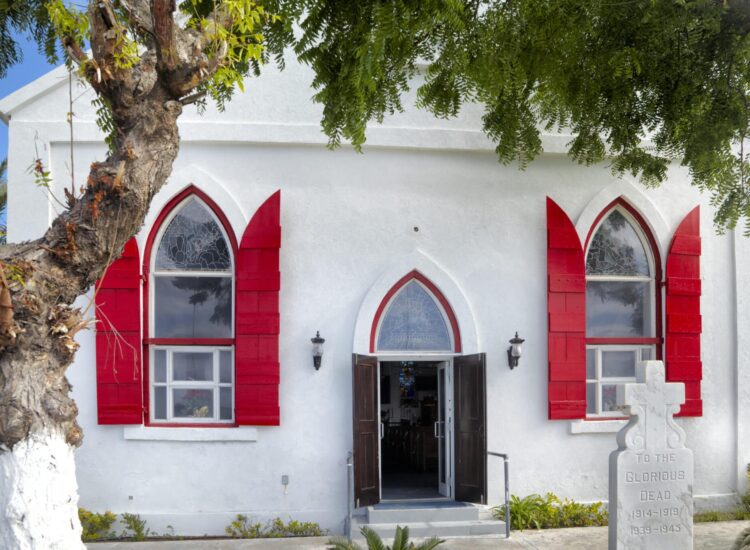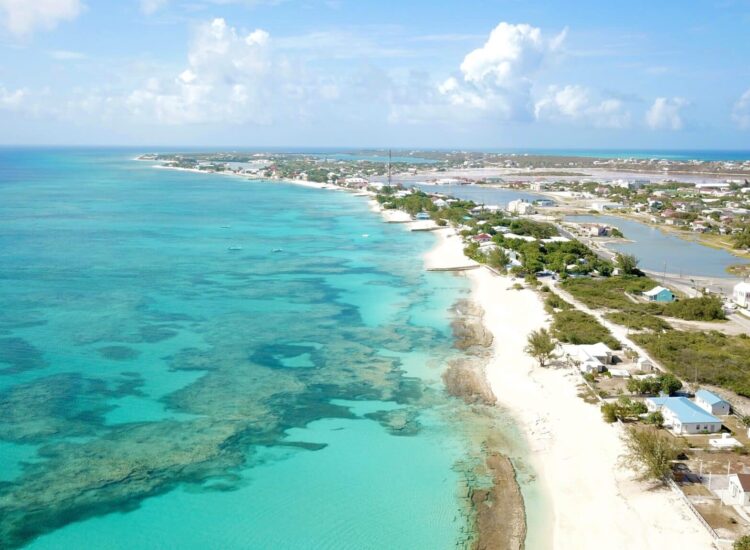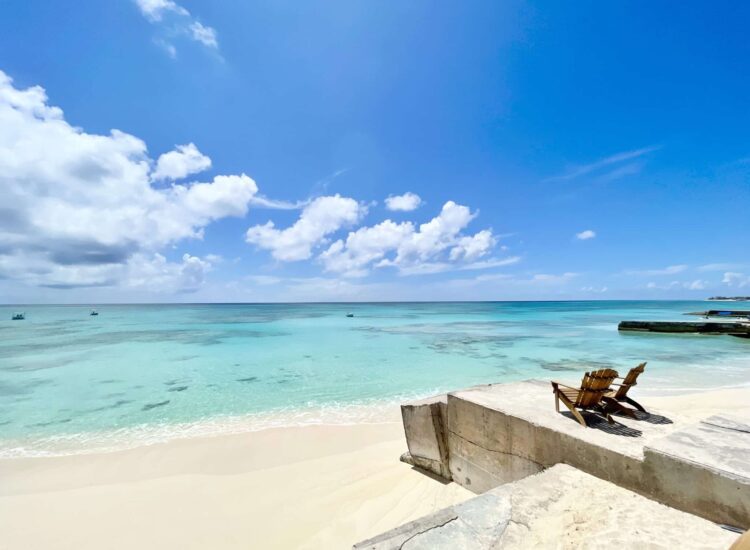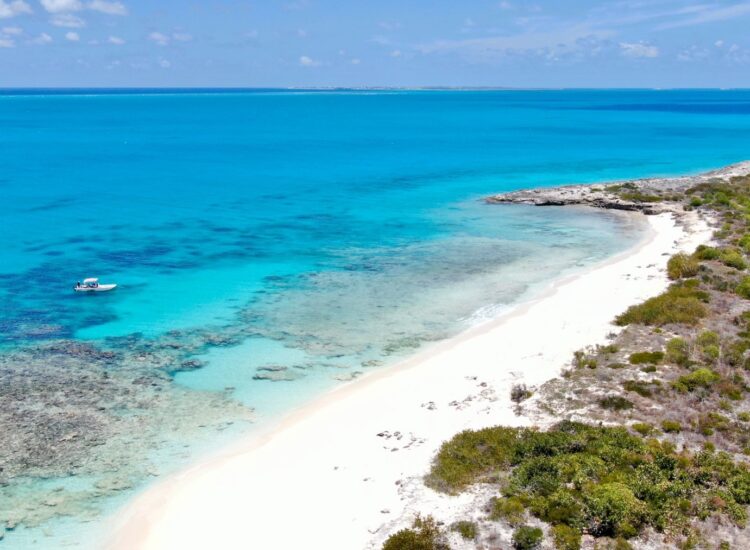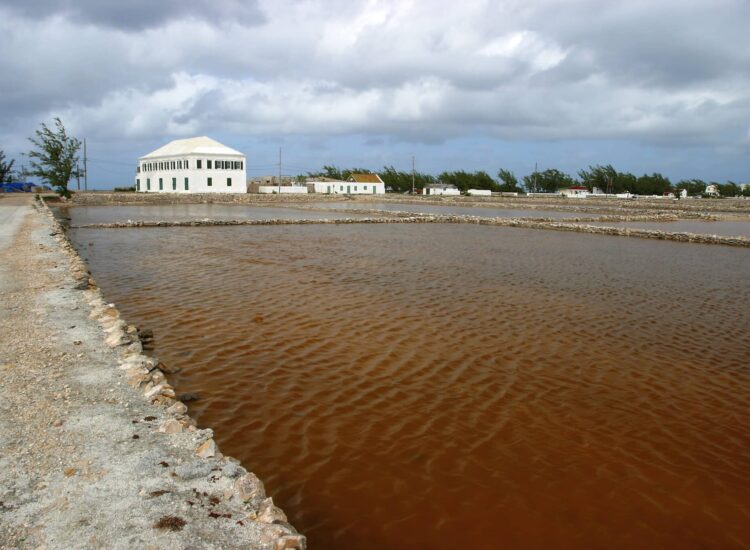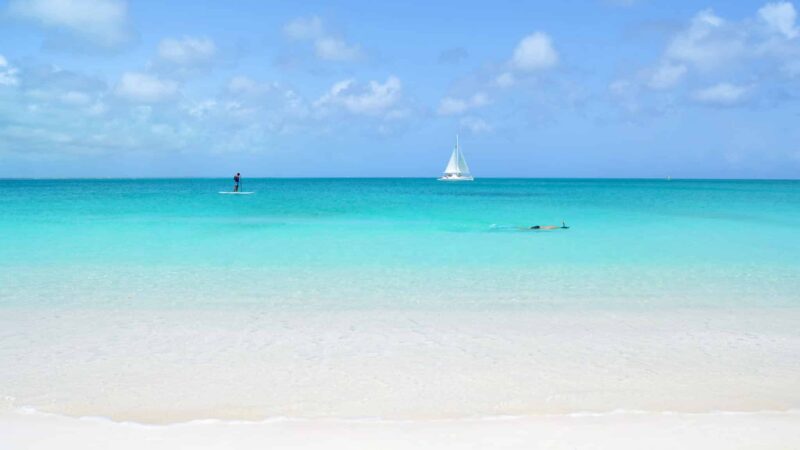Welcome to the Turks and Caicos Islands, a tropical paradise known for the world’s best beaches, crystal clear, turquoise waters, and vibrant marine life. Here you will find the perfect blend of natural beauty, exceptional accommodations and activities, and a rich cultural heritage.
The Turks and Caicos Islands consist of 40 islands and cays and are a British Overseas Territory in the Atlantic Ocean. They are positioned southeast of the Bahamas and north of Hispaniola, approximately 575 miles (925 km) from Miami, Florida. The population is estimated at approximately 50,000. The islands boast a diverse cultural heritage influenced by African, European, and Caribbean traditions – a rich blend reflected in the local music, dance, cuisine and customs. English is the official language, and the United States Dollar is the official currency. The Turks and Caicos have a democratic system with their own elected government and a governor appointed by the United Kingdom.




